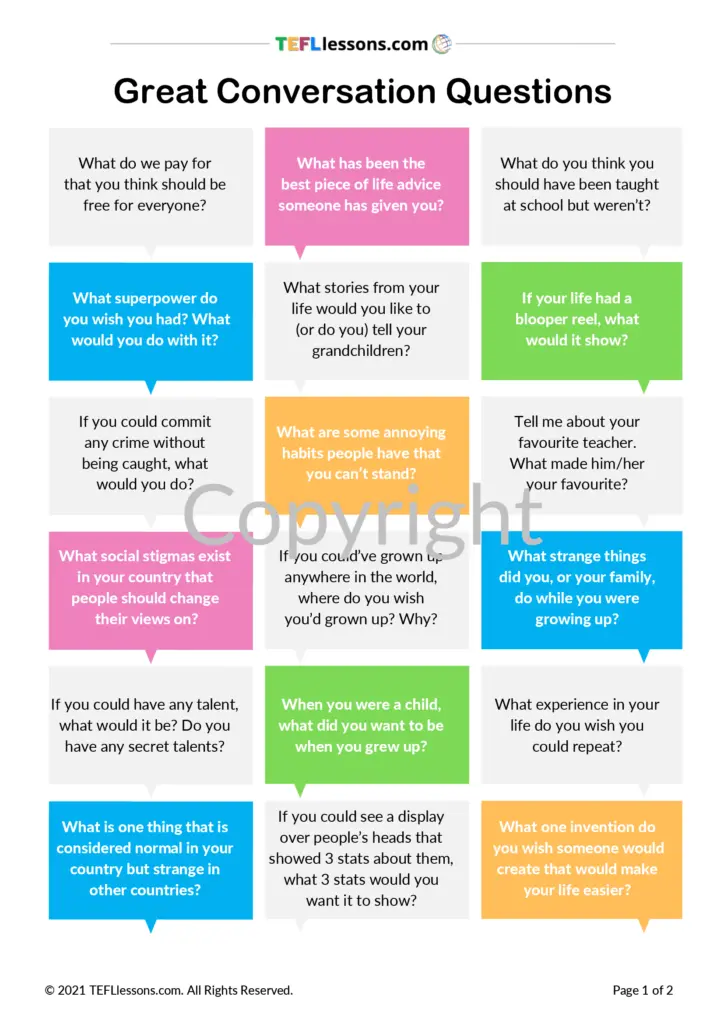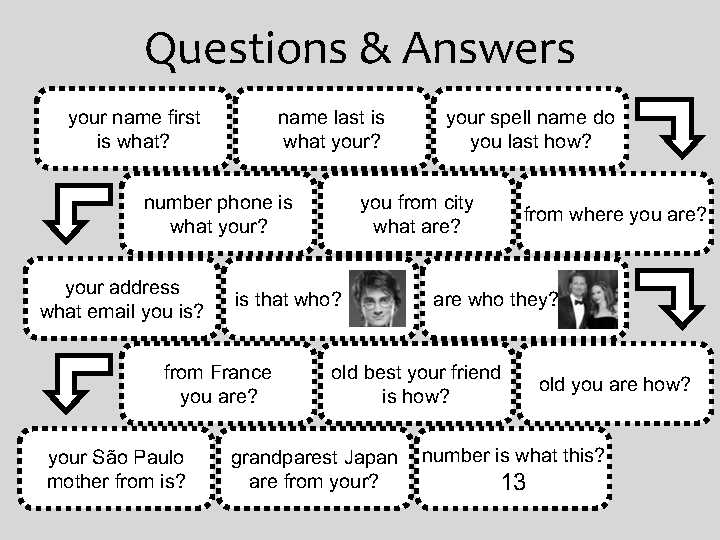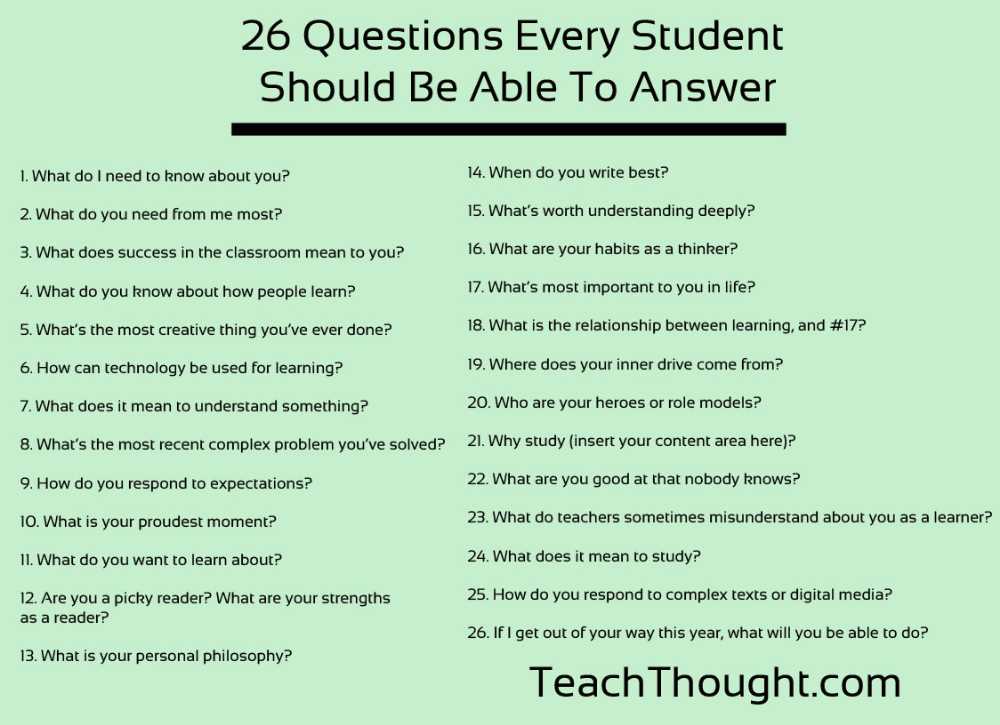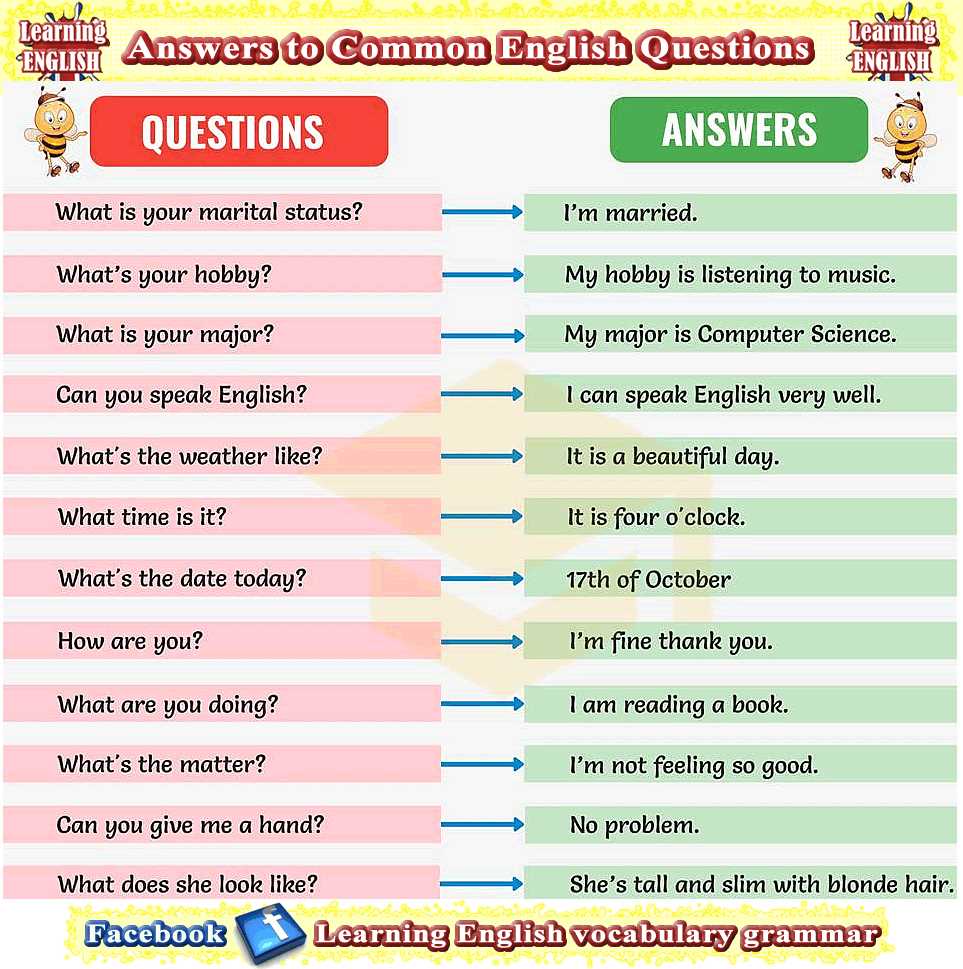
“To Kill a Mockingbird” by Harper Lee is a classic novel that raises many thought-provoking questions about race, justice, and morality. The story is set in the 1930s in the Deep South of America and follows the perspective of Scout, a young girl growing up in a racially divided society. The book has become a subject of discussion in classrooms around the world, as it addresses important themes and provides readers with plenty of material to reflect upon.
One of the central themes of “To Kill a Mockingbird” is racism and prejudice. Through the character of Atticus Finch, a lawyer who defends a black man accused of rape, the novel explores the ingrained biases and social inequalities present in the community. Discussion questions related to this theme may include: Why do you think racism was so prevalent during this time? How does the character of Atticus challenge these racist ideologies? How does the trial of Tom Robinson expose the injustice of the system?
Another important theme in the book is the loss of innocence. Scout and her brother Jem are exposed to the harsh realities of the world as they witness the trial and the rampant racism in their town. Questions related to this theme may include: How does the loss of innocence affect Scout and Jem’s perception of the world? In what ways do they mature as a result of their experiences? How does the metaphor of killing a mockingbird relate to the loss of innocence?
Furthermore, “To Kill a Mockingbird” raises questions about the power of empathy and understanding. Atticus teaches his children to see the world from other people’s perspectives and to treat everyone with respect. Questions related to this theme may include: How does Atticus teach his children empathy? What role does empathy play in the resolution of the story? How can empathy help break down barriers and promote social change?
Overall, “To Kill a Mockingbird” is a thought-provoking novel that tackles important themes such as racism, loss of innocence, and the power of empathy. By discussing these questions, readers can deepen their understanding of the novel and explore its relevance to the world today. It is through these discussions that the book continues to resonate with readers of all ages and cultures.
Tkam Discussion Questions and Answers
In the novel “To Kill a Mockingbird” by Harper Lee, there are many thought-provoking themes and events that can spark interesting discussion. Here are some discussion questions and answers to help facilitate conversations about this iconic book.
1. What is the significance of the title “To Kill a Mockingbird”?
The title “To Kill a Mockingbird” has multiple layers of meaning. On a literal level, it refers to Atticus Finch’s advice to his children that it is a sin to kill a mockingbird because they only bring beauty and joy into the world. This advice symbolizes the moral message of the novel, emphasizing the importance of empathy, innocence, and protecting those who are vulnerable.
2. How does the theme of racial injustice play out in the story?

Racial injustice is a central theme in “To Kill a Mockingbird”. The story takes place in the 1930s in the deeply segregated Southern town of Maycomb, Alabama. Through the trial of Tom Robinson, a black man unjustly accused of raping a white woman, the novel explores the systemic racism and prejudice that prevailed during that time. The trial serves as a catalyst for the development of Scout’s moral conscience and exposes the deep-rooted racism in society.
3. Discuss the character of Atticus Finch and his role in the story.

Atticus Finch is a morally upright and principled character who serves as the moral compass of the novel. As a lawyer, he defends Tom Robinson with integrity and courage, despite knowing the odds are stacked against them due to the racial biases of the jury and community. Atticus embodies the values of empathy, justice, and equality, and his actions inspire Scout and Jem to develop their own sense of right and wrong.
4. How does Harper Lee use the character of Boo Radley to explore the theme of empathy?

Boo Radley is a reclusive character who is misunderstood and feared by the townspeople. Throughout the novel, Scout and Jem develop empathy for Boo, realizing that he is not the monster that rumors suggest. This realization challenges their preconceived notions and teaches them the importance of empathy and understanding. Boo serves as a symbol of the marginalized, and through his character, Lee emphasizes the need to look beyond appearances and show compassion.
5. Discuss the significance of the adolescent voice in the narration of the story.
The story is narrated from the perspective of Scout, a young girl experiencing the events of the novel. Her innocent and curious voice provides a unique lens through which the reader sees the world of Maycomb. The use of a child narrator allows for an exploration of complex themes such as racism and social inequality from a fresh and unbiased perspective. Scout’s observations and growth throughout the story invite readers to question their own preconceptions and biases.
- Overall, “To Kill a Mockingbird” offers a rich and nuanced exploration of important themes such as racism, empathy, and moral courage. It continues to be a powerful and relevant novel that sparks meaningful discussions about social justice and the importance of standing up for what is right.
Why is To Kill a Mockingbird a popular book for discussion?

To Kill a Mockingbird, written by Harper Lee, continues to be a popular book for discussion due to its timeless themes, thought-provoking narrative, and its ability to highlight important social issues.
Firstly, the novel addresses themes that remain relevant even decades after its publication. It explores concepts such as racial inequality, social injustice, and the loss of innocence. These universal themes resonate with readers from various backgrounds and allow for meaningful discussions about the society we live in. The book’s focus on empathy and understanding also encourages readers to reflect on their own prejudices and biases.
Furthermore, the narrative structure of To Kill a Mockingbird invites discussion and analysis. The story is told through the eyes of Scout Finch, a young girl growing up in a small southern town. The innocence and naivety of Scout’s perspective provide a unique lens through which readers can view the events and characters in the novel. This narrative technique prompts discussions about perspective, truth, and the impact of childhood experiences on one’s worldview.
Lastly, To Kill a Mockingbird acts as a catalyst for discussions on important social issues. The novel raises awareness about the injustices faced by marginalized communities and encourages readers to question and challenge the status quo. By delving into topics like racism, prejudice, and equality, the book prompts conversations about the state of society, past and present, and how we can work towards a more just and inclusive future.
Major Themes Explored in To Kill a Mockingbird

In Harper Lee’s novel, To Kill a Mockingbird, several major themes are explored, offering readers valuable insights into various aspects of society and human nature.
1. Prejudice and Racism

One of the central themes in the novel is prejudice and racism, particularly evident in the town of Maycomb, Alabama during the 1930s. Harper Lee explores the destructive nature of prejudice, highlighting the unjust treatment of African Americans in a deeply segregated society. Through characters like Atticus Finch and Tom Robinson, the novel challenges readers to examine their own prejudices and confront the consequences of discrimination.
2. Innocence and Growing Up
To Kill a Mockingbird also explores the theme of innocence and the loss of it as children grow up and face the harsh realities of the world. The novel follows the lives of Scout and Jem Finch, who have their innocence shattered as they witness the injustices and cruelty around them. Through their experiences, Harper Lee emphasizes the importance of empathy and understanding, as well as the challenges of navigating a complex and often unfair society.
3. Courage and Morality
The theme of courage and morality is another prominent aspect of To Kill a Mockingbird. Characters like Atticus Finch, who defends Tom Robinson despite the social consequences, symbolize the importance of standing up for what is right, even in the face of adversity. The novel encourages readers to question the moral fabric of society and consider their own actions in the pursuit of justice and equality.
4. Social Inequality
To Kill a Mockingbird highlights the theme of social inequality, particularly through the lens of class and societal expectations. The rigid social hierarchy of Maycomb is challenged by characters like Scout and Jem, who do not conform to the expectations placed upon them based on their gender or social status. The novel prompts readers to critically examine the inequalities that exist in society and question the arbitrary divisions that separate individuals.
5. Loss of Innocence
Lastly, To Kill a Mockingbird delves into the theme of loss of innocence, not only on an individual level but also on a broader societal scale. The trial of Tom Robinson and the injustices faced by characters like Boo Radley serve as sobering reminders of the loss of innocence within society. Harper Lee compels readers to reflect on the costs of prejudice, discrimination, and the erosion of compassion and understanding.
How does Harper Lee depict the concept of justice in To Kill a Mockingbird?
In Harper Lee’s novel, To Kill a Mockingbird, the concept of justice is explored through various characters and their experiences. Lee highlights the stark contrast between the ideal of justice and the reality of a deeply flawed justice system in Maycomb County during the 1930s.
1. Tom Robinson’s Trial: One of the central events in the novel is the trial of Tom Robinson, a black man falsely accused of raping a white woman. Despite overwhelming evidence of Tom’s innocence, including a lack of physical evidence and conflicting testimonies, the all-white jury still convicts him. This highlights how justice can be influenced by deep-seated racism and prejudice rather than being based on truth and evidence.
2. Atticus Finch’s Role: Atticus Finch, the moral center of the novel, symbolizes a just and fair-minded character. He is appointed to defend Tom Robinson, knowing that the odds are stacked against him in a racially biased society. Atticus exemplifies the importance of fighting for justice, even in the face of seemingly insurmountable obstacles. His belief in the integrity of the legal system is tested but remains unwavering.
3. Boo Radley’s Redemption: Another aspect of justice portrayed in the novel is Boo Radley’s redemption. Boo, a mysterious and reclusive neighbor, is initially feared by the children of Maycomb. However, as the story progresses, it becomes clear that Boo is a kind and innocent person. In the end, he saves the lives of Scout and Jem from Bob Ewell. This highlights how justice can be achieved when society overcomes prejudice and preconceived notions.
Overall, Harper Lee depicts the concept of justice in To Kill a Mockingbird as a flawed yet essential ideal. She explores the themes of racial injustice and the significance of standing up against it. Through the characters and their experiences, Lee sends a powerful message about the importance of seeking justice, even in the face of adversity.
The Significance of the Title “To Kill a Mockingbird”

In Harper Lee’s novel “To Kill a Mockingbird,” the title holds significant meaning and symbolizes the central theme of the story. The title refers to the idea of harming innocent beings, representing the destruction of purity and goodness.
The mockingbird in the title is used as a metaphor for the various characters who are victims of prejudice and injustice within the story. Just as a mockingbird sings beautiful songs without harming anyone, these characters, such as Tom Robinson and Boo Radley, bring no harm to others but are instead harmed by society’s prejudices and discrimination.
The title also reflects the moral dilemma faced by the main characters throughout the novel. Atticus Finch, the father of the protagonist Scout, is a lawyer who defends Tom Robinson, a black man falsely accused of rape. Atticus believes in justice and equality, but he also knows that standing up against the prevailing prejudices will result in harm and backlash for himself and his family.
In this way, the title “To Kill a Mockingbird” encapsulates the core message of the novel, which is a call for empathy, understanding, and the need to protect the innocent. It prompts readers to reflect on the destructive nature of prejudice and the importance of compassion and fairness in a society that often fails to uphold these principles.
Discuss the character development of Scout throughout the novel.

At the beginning of the novel, Scout is portrayed as an innocent and curious young girl. She is a tomboy who enjoys spending time outdoors and is not afraid to challenge societal norms. As the story progresses, Scout’s worldview is challenged and she learns important life lessons that shape her character.
One significant aspect of Scout’s character development is her growing understanding of empathy and compassion. Through her interactions with characters like Boo Radley and Tom Robinson, Scout learns to see beyond appearances and understand the complexities of human nature. She goes from being judgmental and prejudice to becoming more open-minded and accepting of others.
Scout’s moral development is another important aspect of her character growth. As she witnesses the injustices and racism in her community, she begins to question the status quo and develop her own sense of right and wrong. She becomes more aware of the inequality and prejudice that exist in society, and her experiences lead to a deeper sense of justice and morality.
Throughout the novel, Scout also gains a greater understanding of her own identity and place in the world. She grapples with the expectations placed on her as a young girl in the 1930s South and struggles to reconcile her own desires with societal norms. As she matures, Scout becomes more comfortable in her own skin and learns to embrace her individuality.
In conclusion, Scout’s character development in “To Kill a Mockingbird” is marked by her growing empathy, moral awareness, and self-acceptance. Through her experiences and interactions with others, she transforms from an innocent child into a thoughtful and compassionate young woman.